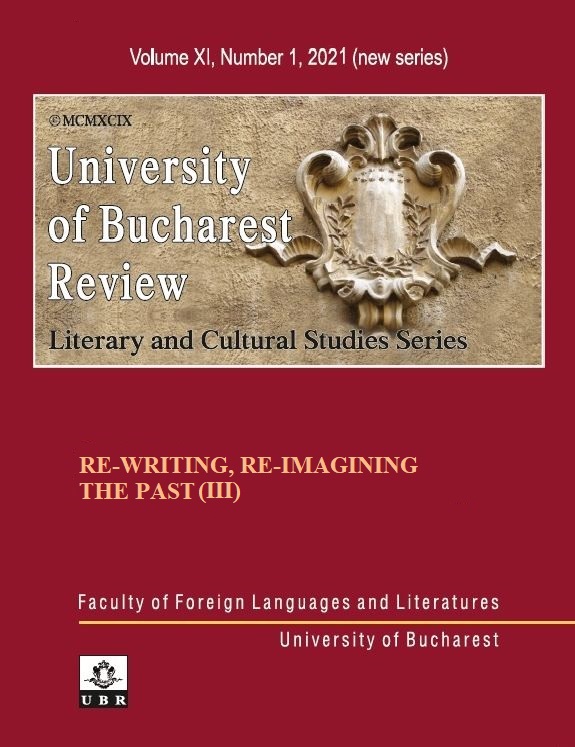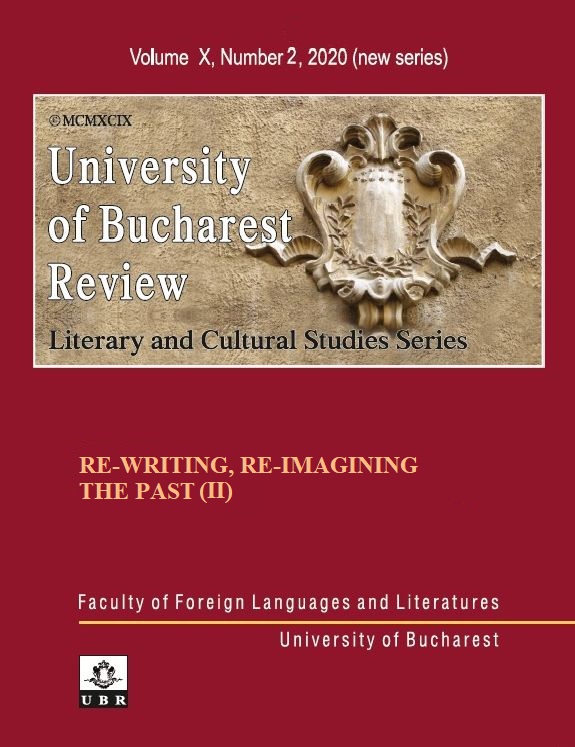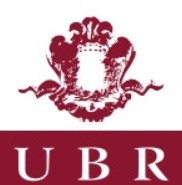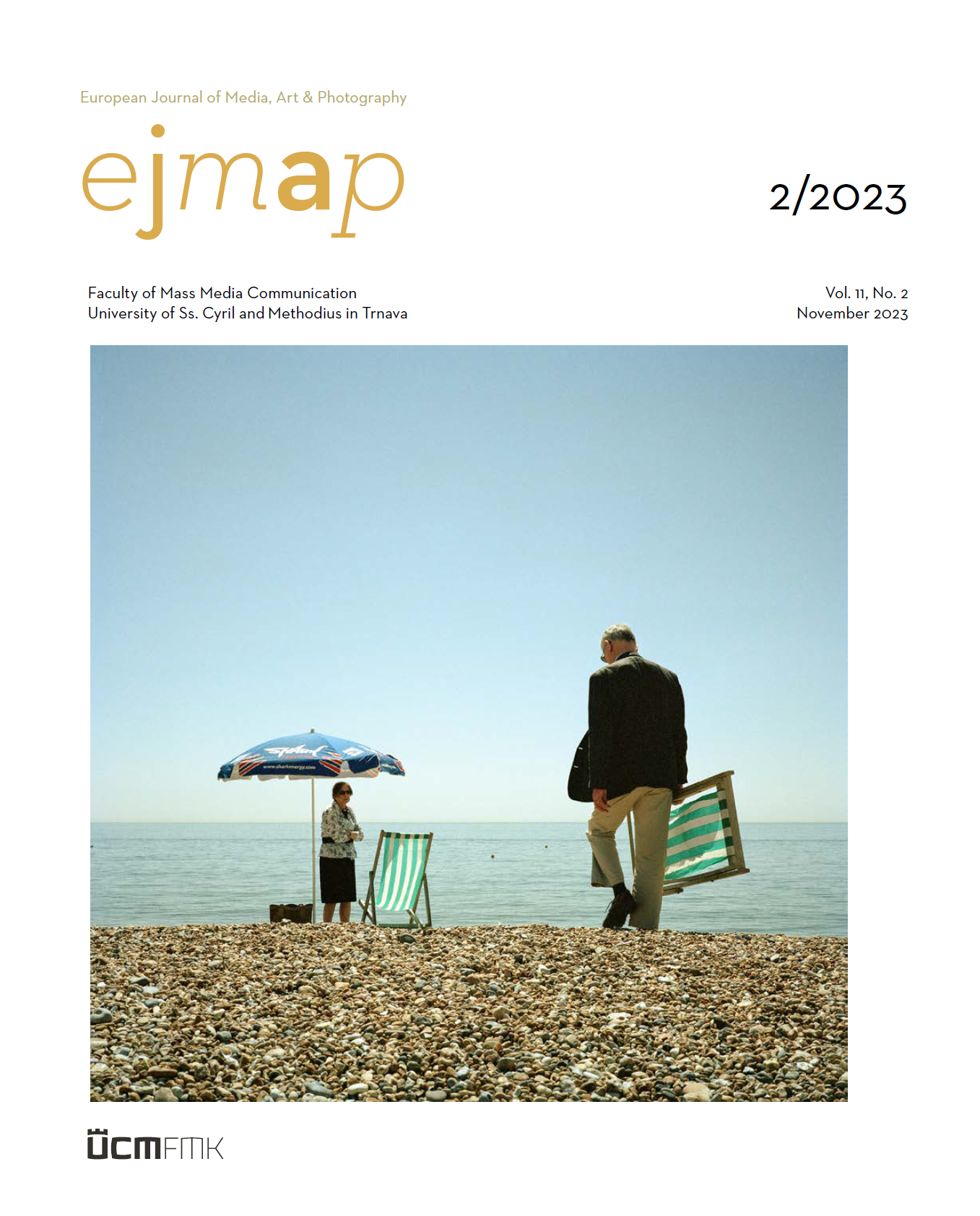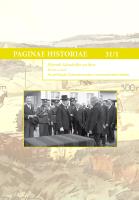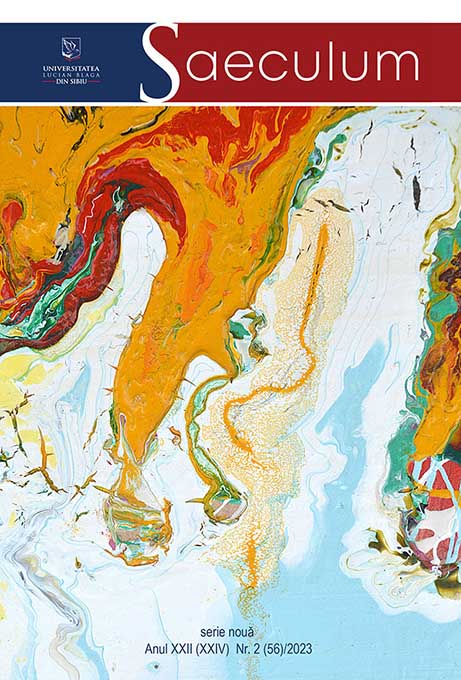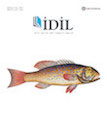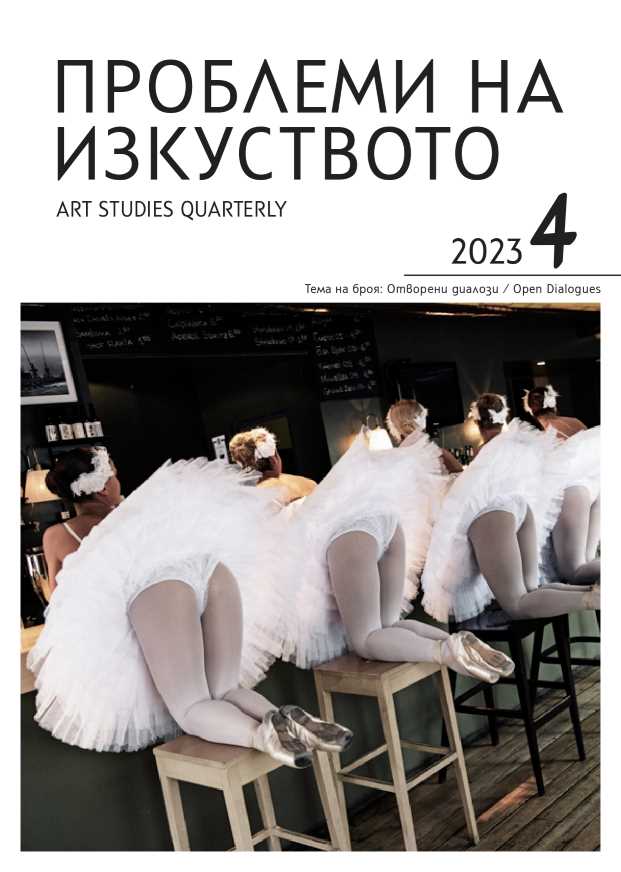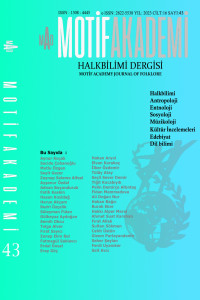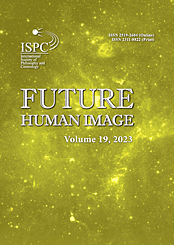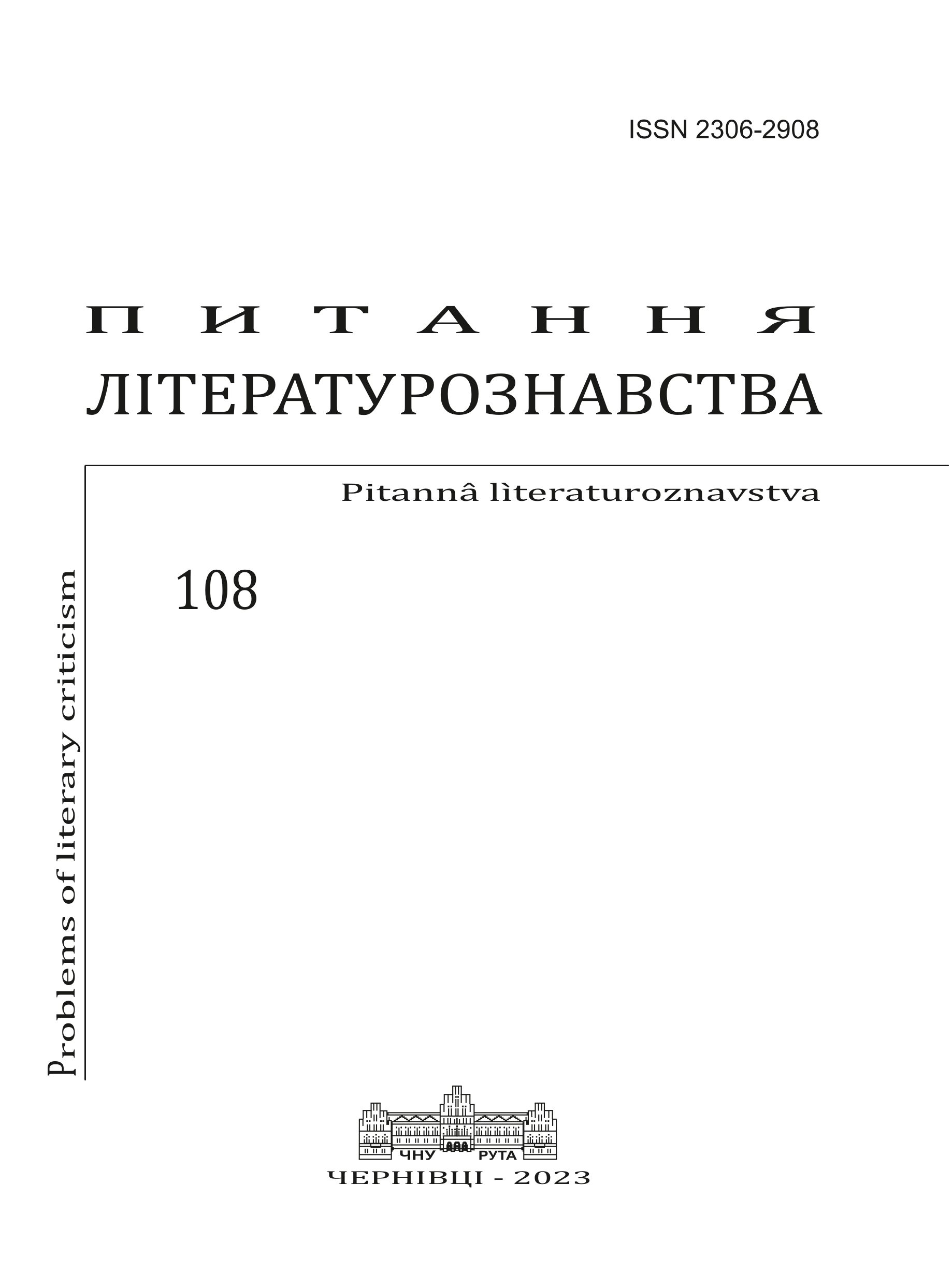Creating For the State. An Introduction
This introductory article presents the study of the state artist in the context of the communist regimes in Eastern Europe and the USSR through several case studies. This introduction places the analyses gathered here of the relationship between artists and the state in different phases of the communist regimes, and in different artistic expressions, as well as in several countries. While the focus is on Romanian cases of study, the articles bring forward possible comparisons with neighboring communist regimes. Some of the articles included in this special issue deal with visual arts, literature, photography, amateur rural comedy brigades, and specific cases of artists (Ion Irimescu and Ion Grigorescu), while other articles discuss the specific institutional contradictions of the Soviet cultural framework. This issue advances thus a little bit further in the comparative institutional archive-based study of cultural institutions during communism.
More...
